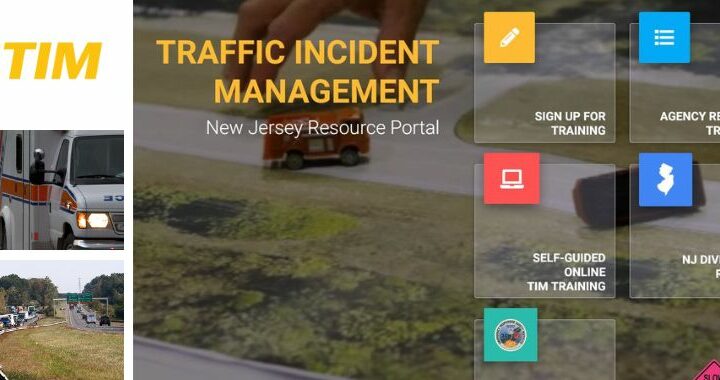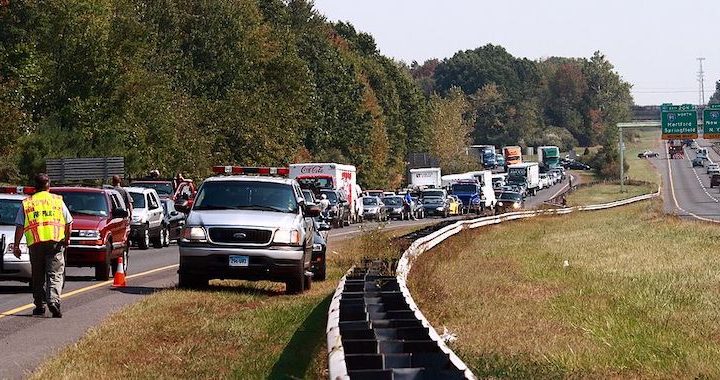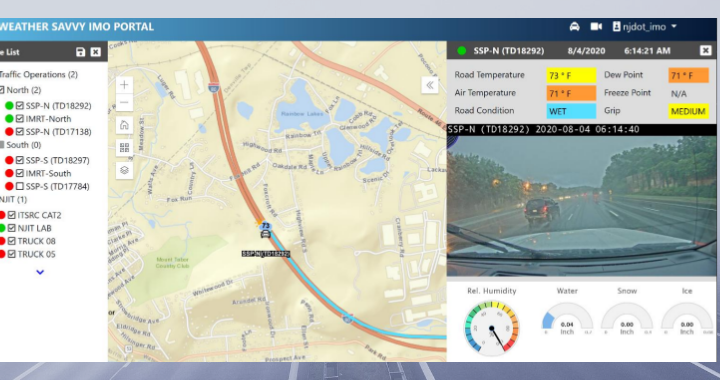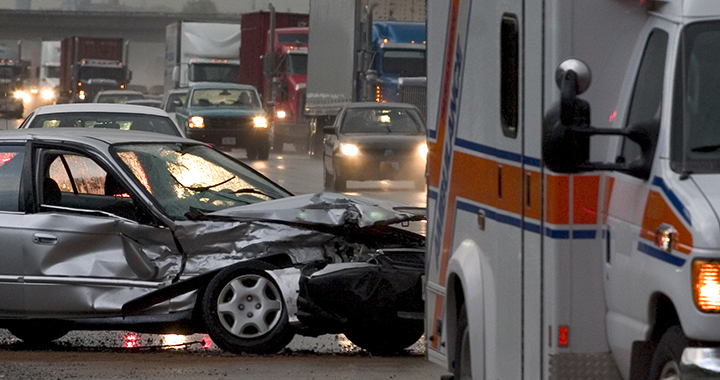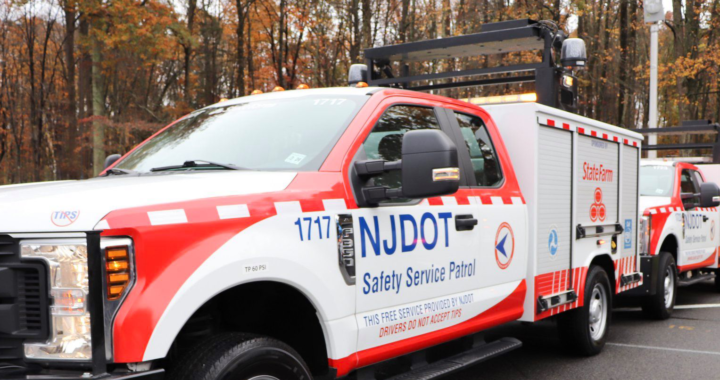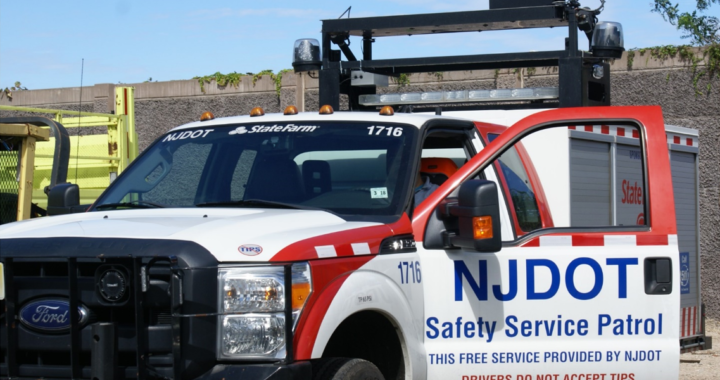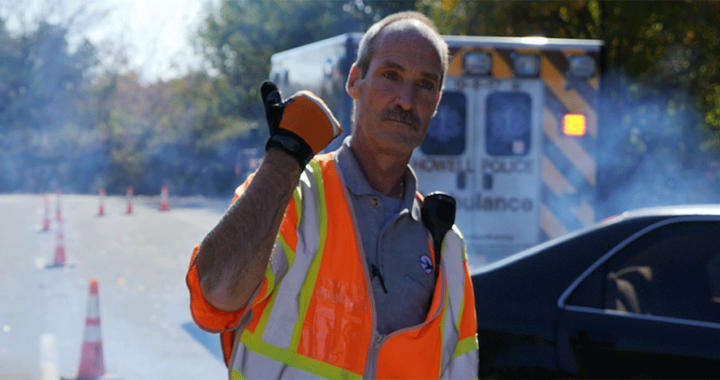What is Using Data to Improve Traffic Incident Management?
Traffic incidents on U.S. roadways put travelers’ and responders’ lives at risk and account for about 25 percent of all delays. The resulting congestion can lead to secondary crashes, further increasing safety risks and economic costs. Traffic Incident Management (TIM) programs are lessening the duration and impact of these incidents through planned, coordinated resource use among different first responder agencies.
Increasing the amount, consistency and quality of TIM data collection supports development of performance measures for evaluating and improving traffic incident response.
In the fourth round of Every Day Counts (EDC-4), the Federal Highway Administration (FHWA) promoted several low-cost, off-the-shelf technologies, including integrated computer-aided dispatch (CAD), electronic crash reporting, Traffic Management Center software and various smart devices that make data collection simpler. These tools can assist agencies in expanding the amount and quality of data they collect. The data can then be used to recognize trends, institutionalize programs, identify areas for improvement, develop consequence modeling, and inform future planning.
FHWA also encouraged the adoption of three national TIM performance measures—time of lane closure, time responders are on-scene, and number of secondary accidents—that agencies can focus on for data collection and reporting. These three measures offer a baseline for comparing TIM program assessments across state and regional boundaries.
Learn more about this EDC-4 Innovation.
Integrating NJDOT and Law Enforcement Systems for Traffic Incident Management
Stage of Innovation:
DEMONSTRATION (Dec. 2018)
Several activities were undertaken during EDC-4:
Established a Computer-Aided Dispatch (CAD) Integration Working Group to explore the possibilities and develop an action plan for CAD integration. The working group has representatives from NJDOT Traffic Operations, and Central Dispatch Unit (CDU), NJ State Police, New Jersey towing association, TRANSCOM, and FHWA New Jersey Division office. The working group seeks to establish and implement the standard and efficient use of technology and promote the integration of traffic management center (TMC) and law enforcement CAD systems. The traffic incident data sharing between the TMC and the law enforcement is expected to decrease incident response times, properly capture the incident timeline, and improve the traffic incident management process.
Implemented the FHWA Performance Measures for recommended roadway and incident clearance using the OpenReach System. Beyond the scope of EDC-4, NJ seeks to implement a functionality to track when incident congestion returns to normal traffic by coordinating with TRANSCOM to determine when the new functionality can be used in the OpenReach system.
Participated in Peer Exchange Workshops and Webinars to review the current state of practice and share best practices with I-95 corridor states, cutting edge states, and the FHWA.
USING DATA TO IMPROVE TRAFFIC INCIDENT MANAGEMENT: NEW & NOTEWORTHY


